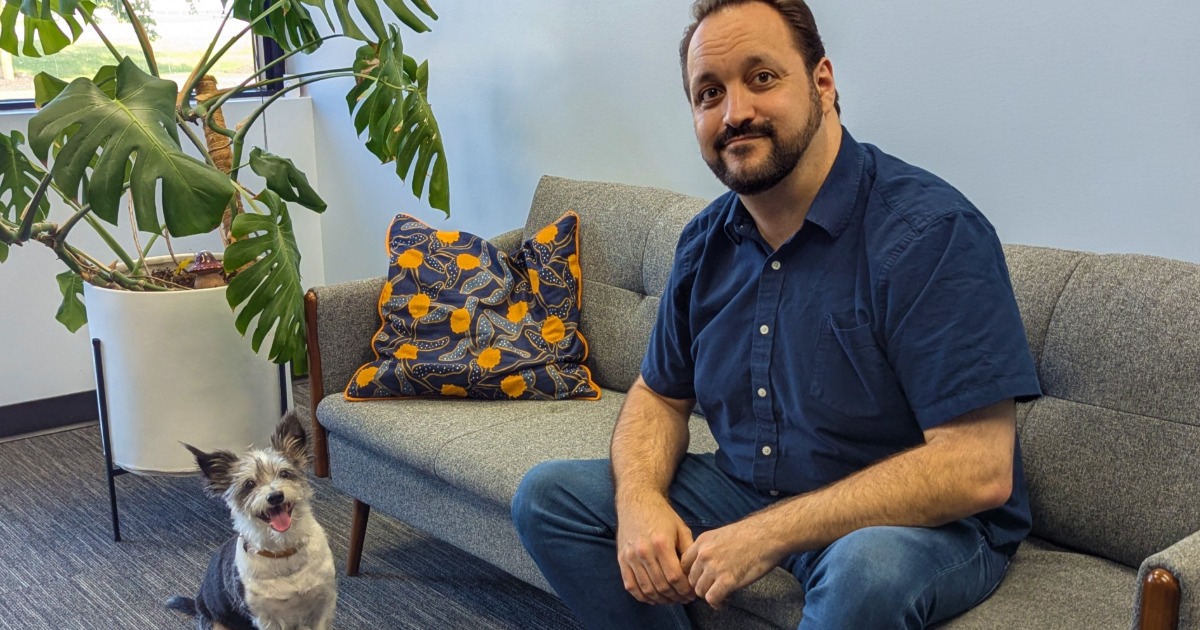Bringing good design to bear on health IT
We're living in an iOS world nowadays, but sometimes, to look at them, it seems EHRs are stuck in a Windows '97 rut.
With more and more people spending their time bathed in the sleek and handsome glow of iPhones, iPads and MacBooks, its hard not to feel bad sometimes for docs and nurses who have to spend their days interfacing with PC-based EHRs: busy blue-gray windows filled with dense text and innumerable check-boxes, scroll bars and drop-down menus beckoning.
"The way EHRs and EMRs are built is reminiscent of early 2000s or late '90s Microsoft product line," says Warren Wiechmann, faculty director of instructional Technologies at the University of California Irvine.
Still, while perhaps more attention could be paid to "user interface and functionality," he says, "they get the job done" – even if "actually using them on a daily basis is pretty cumbersome."
Some vendors will tell you they have little choice: The laundry list of meaningful use and certification requirements all but necessitate a crowding of the visual field.
And, at any rate, whatever energy and capital might go into prettying up the EHRs are being expended working round the clock to meet MU.
"I was on a CCHIT workgroup," says Stanley Crane, chief innovation officer for Allscripts, "and I remember going back and looking at all the options they wanted the vendor community to build in."
Suffice it to say, there were a lot of them. "Moses had 10 commandments," says Crane. "CCHIT had 10,000 commandments."
But when setting out to develop Allscripts' new Wand iPad app – which offers distilled down and simplified access to Allscripts EHRs, Crane says he had the words of one frustrated physician ringing in his ears: "Why can't it just be easy?"
As it happens, Wiechmann is using the Allscripts product in a new clinical program at UC Irvine. He says its interface is "very Apple-like in [its] approach to design. … Compared to the standard EMR, on the iPad product it looks really slick."
With more and more physicians availing themselves of sexy mobile devices, expect more vendors to follow suit. After all, it would be a shame to waste the iPad 3's much-hyped, high-resolution "retina" screen on software that looks like it dates from the Clinton administration.
If EHR functionality has dominated the discussion – and developers' to-do lists – for the past few years, smart design is starting to get the attention it deserves.
In March, at the Healthcare Experience Design conference in Boston, academics, designers, developers and user experience experts – from Allscripts, Siemens, athenahealth, Mayo Clinic, MIT, Kaiser Permanente and more – met for a day to discuss the ways design and philosophy could be brought to bear on EHRs, mHealth apps, medical devices, clinician workflow and the patient experience.
Jill Reed, user experience research manager at Allscripts, described how the firm went about trying to design an EHR "physicians will actually use – and not loathe." Too many doctors, said Reed, have to "sift through mountains of data," much of which is "not relevant to what they're doing. Among Allscripts' approaches included studying floor plans to gain knowledge about physical workflow and "interaction points," and always keeping an eye on the big picture rather than "bit by bit functionality," she said.
Scott Lind, director of user experience at Siemens Healthcare, described some of the challenges of designing EHRs for clinicians' "highly variable workflows." Oftentimes, "creating a good user experience is … a power struggle," he said. With many competing interests and layers of bureaucracy at stake, knowing what's best to do and actually doing it are too entirely different things. "Everyone believes in good user experience," he said. But too often it gets short shrift, since "it's always something that can be put off."
Good design "takes resources," he said, and with developers still focused first and foremost on meeting a long checklist of meaningful use mandates, sometimes it can suffer. Nonetheless, he argued, it's important for EHR architects to make the case for good design, and "cultivate a culture" where it has a "voice."
At the conference's closing keynote, athenahealth CEO Jonathan Bush gave a funny and spirited summation of the challenges and opportunities facing healthcare in the coming years. He also fielded some tough questions from audience members – one of them a physician who opined that most docs think most EHRs "suck."
At the very least, most of them have some work to do on the design front. Especially now that so many people are accustomed to and expectant of the simple, thoughtful and pretty interfaces Steve Jobs and Apple designer Jonathan Ive have made ubiquitous.
Bush agreed. The electronic health record "has to be beautiful," he said; it has to have "a simple and elegant expression of purpose."


